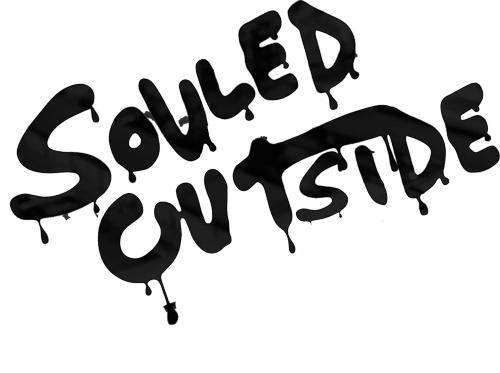The Macal River dances down from the Maya Mountains for almost 200 miles before flowing into its larger cousin, the River Belize. Though the river has been prone to sudden and violent floods in the past, the Macal is no monster today. She’s a sleepy, shallow ribbon of blue-green water slowly plodding her way past base camp.
A few hundred yards to my left, the carefully tended orchids of the Belize Botanical Garden watch her drift by. Just up the bluff behind me, the outdoor bar at Sweet Songs Jungle Lodge is serving up afternoon drinks to the occasional locals, lost writers, and paddlers that wander by. Up top, you’ll find a local blogger trying to negotiate a few free drinks from the resort, and a 70-something author penning a book on artists from the comfort of a treehouse. But a thick layer of rainforest and a hundred foot drop separates me from the gardens and glasses.
Down here, it’s just me and the Macal.
I take few steps in.
This river feels lonely. It feels old. In truth, most features in nature are far older than our human minds can comprehend, but the Macal is an exception even within nature. The Macal has seen things. It’s borne the weight of Mayan warriors, watched their temples rise on its banks, and seen their walls and the men who built them fall into the forgotten pages of time. This river has seen civilizations, conquerers, explorers, and children all dip a toe into its waters.
The Macal has seen the great triumphs and inevitable failures of men. Even among the world’s greats—the Mississippi, the Amazon, the Nile, the Yangtze—only a few can lay claim to such a view.
And so the two of us meet, a great river little known to the rest of the world, and a travel writer little known to it either. In the absence of a hand to shake, I decide to take a dip in the old stream.

Yes, I still have a broken arm. But doctors did clear me to swim, sort of. I decide to proceed with caution, wading up to my chest and slowly sinking below the water’s surface. In true gringo fashion, I’m wearing a ridiculous full-face snorkeling kit that a good friend gave me. I may look like an idiot, but there’s no one here in the rainforest to tell me so.
The water is cool, but not cold. A pair of white cliffs reach up towards a tree canopy on the opposite bank, where green parrots and howler monkeys rustle branches another hundred feet above. Below the water, a few dozen small fish circle around the snorkel. I’m not sure if they’re curious or hungry. A few nip at my feet.
After a few minutes, a canoe crash lands beside me. It’s a member of the lodge’s staff. He wants to know if I’ll try tubing today. Sweet Songs offers tube trips down the Macal, in addition to a two hour canoe paddle into the nearby town of San Ignacio. “No thanks,” I say, before getting out of the river and heading back up to the bar.

The Sweet Songs bar isn’t just a home for wandering souls. It’s the only place nearby to get WiFi, and it brings me back to the world that I know: the world of Facebook and Instagram and endless emails about endless troubles that really mean almost nothing in the great scheme of the world. That’s the world most of us live in. The quiet river in the forgotten canyon that’s seen the lessons of civilization float by? Some would call that a fantasy.
I would call it real.
Today, surreal river faces its share of real world troubles. A trio of hydroelectric dams was constructed on the Macal beginning in the 1990s. Locals are warned not to consume most of its fish, which now contain unsafe levels of Mercury. Some market goods have become more expensive since the river’s natural flood patterns were disturbed—dirty furniture is 50-percent off from new.
Bu as I slowly sink back into the world modern humans have created for themselves, I’d like to keep one foot in the Macal—the home of the Maya, before it was the home of the Mayan Mojito. It’s a reminder that the Earth doesn’t care for our troubles—a reminder that, in the end, we all float by on the currents of time.









